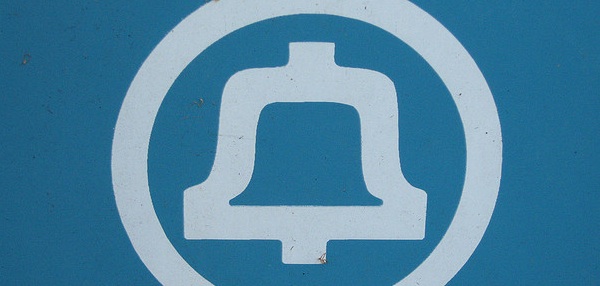Getting Ultrafast Internet by Ditching the Phone (and Cable) Company
A unique and hopefully precedent-setting thing just happened in Washington, D.C.: The city itself funded the build-out of a 100-gigabit network in order to make high speed broadband internet available to universities, businesses, and anyone who wants to resell it to consumers.

That last bit is especially important, because the people who usually own the high-speed connections to the fiber-optic backbone of the Internet—the so-called “middle mile“—are in almost every other case in this country either AT&T or Verizon. The FCC deregulated the prices these telcos can charge last-mile Internet service providers (picture local, independent ISPs, or don’t, because this is one of the reasons they’re not often available).
In so doing, according to advocacy group No Chokepoints, the FCC allowed telcos that have a monopoly on these middle mile connections to charge, in essence, whatever they like. (Here’s a nice writeup from Ars on this).The federal government is aware of the problem, and is trying to tackle it in part through the National Broadband Plan.

Washington, D.C., decided not to wait around for the feds to do something about this on a national level, and rolled out its own middle mile network, under the auspices of its DC-Community Access Network program.
In a way, DC-CAN is realizing the promise that free municipal Wi-Fi never could: bringing affordable high-speed internet to more citizens than ever. Of course, the way it works isn’t to simply give away bandwidth for free, but to sell it.
It’s a recognition of the fact that high-speed Internet access is now a necessity and a public good, so it’s not inappropriate for governments to step in and give it a push. It’s like electricity, which is provided by a captive monopoly that is in essence a public/private partnership. DC-CAN was set up specifically to serve areas of the District that weren’t being served by the telcos. In the process, it provides a less-expensive alternative to their own middle mile networks, for those who even have a choice.
Keep Reading
Most Popular
Large language models can do jaw-dropping things. But nobody knows exactly why.
And that's a problem. Figuring it out is one of the biggest scientific puzzles of our time and a crucial step towards controlling more powerful future models.
How scientists traced a mysterious covid case back to six toilets
When wastewater surveillance turns into a hunt for a single infected individual, the ethics get tricky.
The problem with plug-in hybrids? Their drivers.
Plug-in hybrids are often sold as a transition to EVs, but new data from Europe shows we’re still underestimating the emissions they produce.
Stay connected
Get the latest updates from
MIT Technology Review
Discover special offers, top stories, upcoming events, and more.